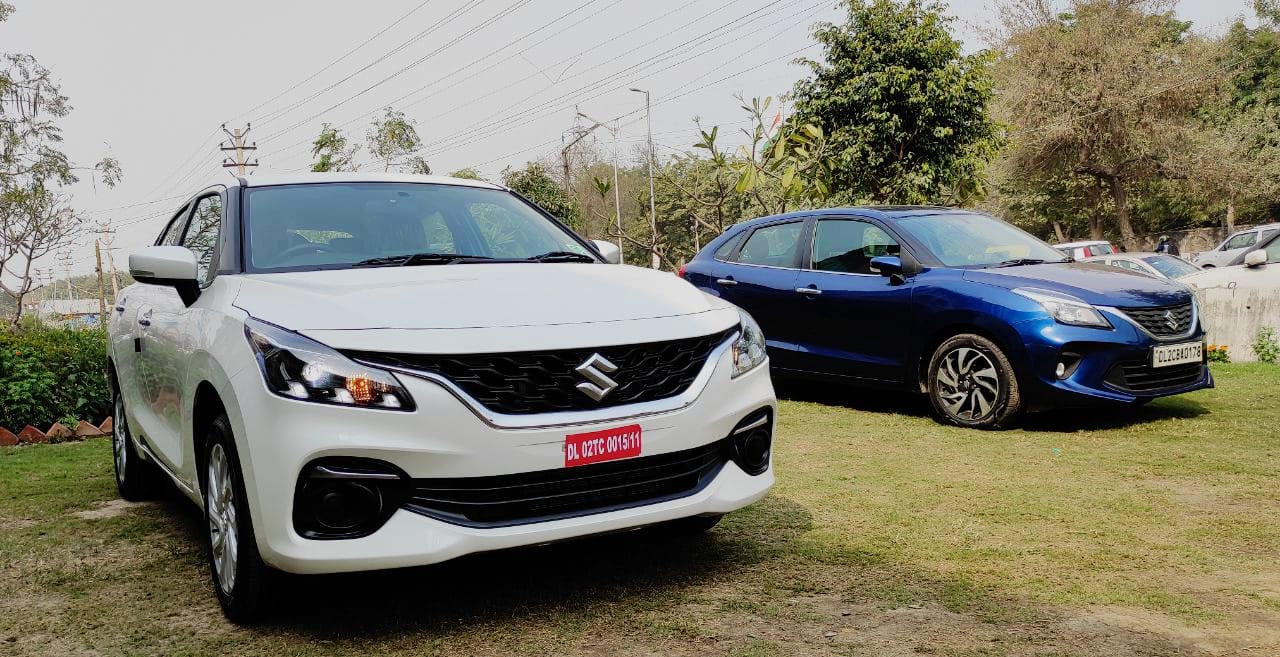The new Maruti Suzuki Baleno is built on the same platform as its predecessors and has nearly identical dimensions. The new model, on the other hand, differs significantly from the previous model in almost every way, including design, features, and engine-gearbox combinations.
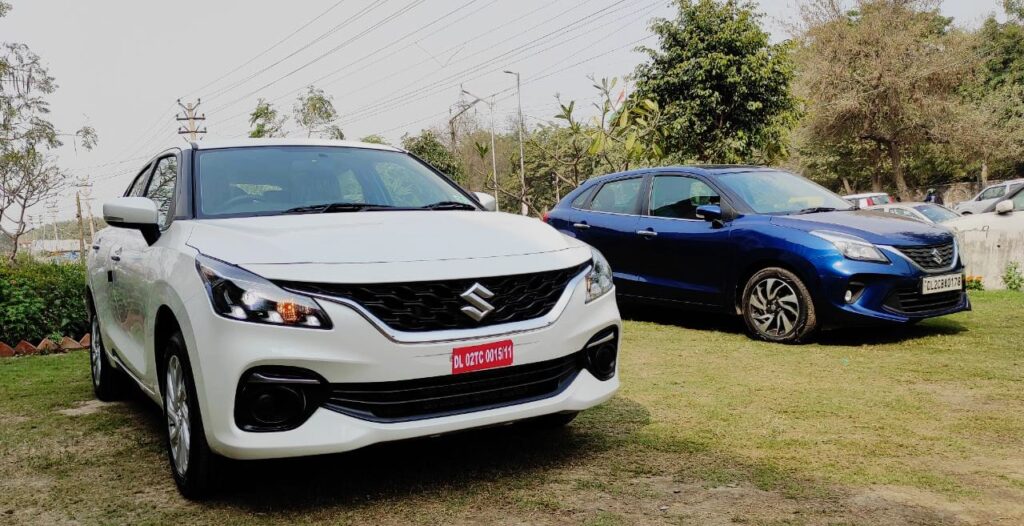
The Maruti Suzuki Baleno was introduced in India in 2015, and it received its first facelift in 2019. This was more of a nip and tuck job with a few cosmetic changes. However, the company recently unveiled the 2022 Maruti Suzuki Baleno, and boy does it differ from its predecessor. Despite being based on the same platform as before, the new Baleno features a new design tenet, a completely new interior layout, and a slew of modern gadgets. Not only that, but the Indian automaker has beefed up Baleno’s arsenal of safety features and retuned the suspension for better riding comfort. But how does the new Baleno differ from the old one? Let us try to comprehend this.
1. New Baleno vs old: Design and practicality

While the new Baleno retains the same silhouette as before, it has a redesigned grille, new LED projector headlamps with new DRL signature, LED fog lamps, a different design for the 16-inch alloy wheels, and split tail lights with LED signature. All of these changes make the new Baleno appear more modern than its predecessors. The dimensions and cabin space of the Maruti Suzuki Baleno remain unchanged. The changed angle of the rear windscreen, on the other hand, has eaten into the boot space, reducing it from 339 to 318 litres. Maruti Suzuki, on the other hand, claims that this will have only a minor impact on the boot’s overall usability.
2. New Baleno vs old: Features and interior
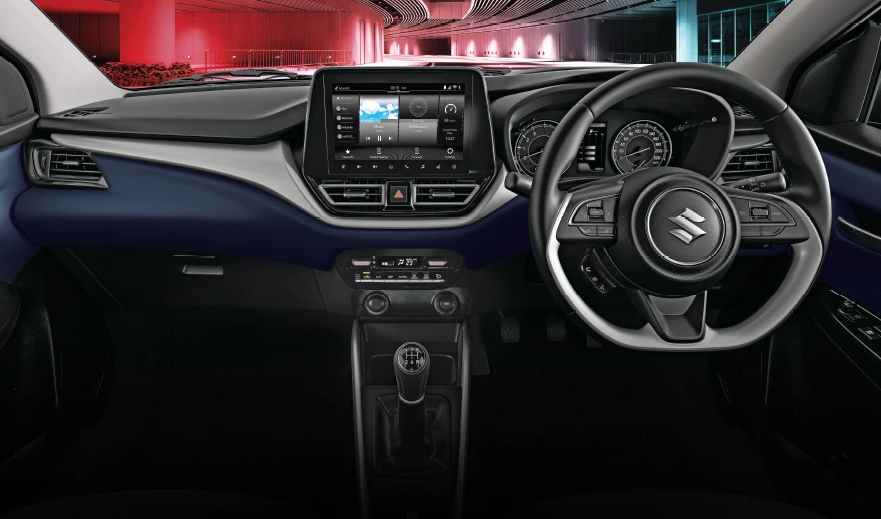
The new Baleno has an entirely new interior layout, and the previous Baleno’s overall curvy theme has been replaced with a sharper design tenet. While the previous model only had a few features like a seven-inch touchscreen, automatic air conditioning, cruise control, and so on, the new Baleno has a floating nine-inch touchscreen with Suzuki Connect suite for connected car features, a 360-degree surround view, head-up display, new panel for automatic air conditioning, flat-bottom steering wheel, ‘Hi Suzuki’ voice assist system, rear AC vents, and so on.
With these additions, the Baleno has become one of the most feature-rich premium hatchbacks in the country.
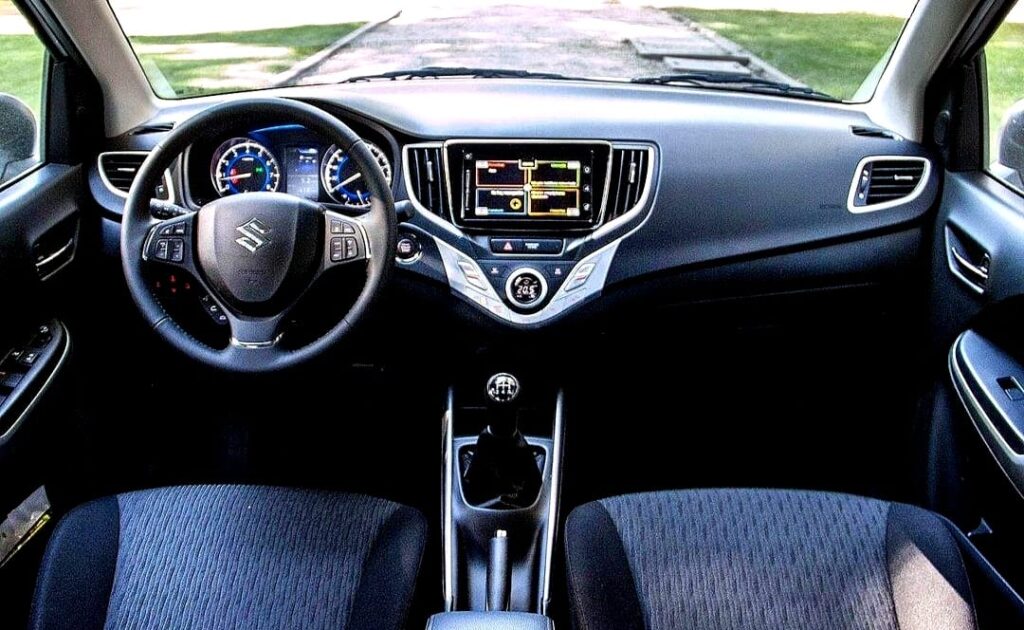
3. New Baleno vs old: Safety features
The previous
Baleno had dual front airbags, ABS with EBD, a seatbelt reminder, a reversing camera, and a speed alert system, whereas the new model has up to six airbags, an electronic stability programme, and a 360-degree camera on top-tier trims.
4. New Baleno vs old: Specs
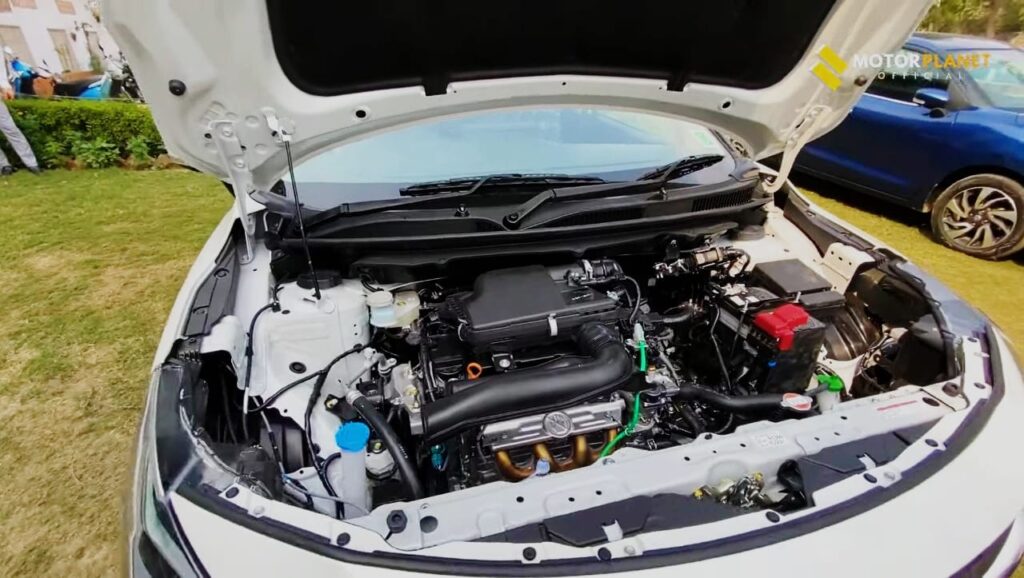
Previously, the
Maruti Suzuki Baleno was available with a 1.2-litre petrol engine that produced 82 bhp and 113 Nm as standard, with Smart Hybrid variants producing 88 bhp. This engine was available with a five-speed manual transmission or a CVT automatic transmission. The new Baleno, on the other hand, is powered by a 1.2-litre DualJet Dual VVT petrol engine that produces 88.5 bhp and 113 Nm. This engine is now available with a five-speed manual gearbox with a new hydraulic clutch or a low-cost AGS (AMT speak for Maruti Suzuki). The AMT models include an electronic stability programme and hill-hold control.
5. New Baleno vs old: Suspension and braking hardware
The new Baleno has a retuned suspension setup for more comfortable ride quality than the previous model. The company has also upgraded the hatchback’s brakes to larger (14-inch) discs.
6. New Baleno vs old: Fuel efficiency
The new Baleno is more fuel-efficient, thanks to the ISS (idle stop-start system) that helps reduce fuel consumption.







